Sustainable development of the fisheries sector with appropriate vessel structure and fishing techniques that allow for sustainable exploitation of fishery resources; safe and efficient production, improving the livelihoods of fishermen, contributing to national defense, security, and maintaining independence and sovereignty over the country's seas and islands.
Due to the impact of the pandemic and international fluctuations, the seafood industry in Vietnam plans to gradually reduce exploitation and increase aquaculture production in 2022.
At the end of 2020, the seafood industry set a goal to achieve an export value of $8.5 billion in 2021. However, due to the complicated developments of the pandemic, many projects had to be put on hold for 4-5 months.
In 2021, the total seafood production reached nearly 3.9 million tons, up 0.9% compared to 2020. Of which, marine exploitation was nearly 3.7 million tons (up 1% compared to the same period), and domestic exploitation was 196,000 tons (up 0.2% compared to the same period). The export value of some seafood products such as shrimp, fish, squid, and octopus increased sharply.
In 2022, the seafood industry aims to achieve a total production of about 8.7 million tons. Of which, the exploitation volume is about 3.78 million tons, the aquaculture production is 4.95 million tons, and the seafood export turnover is $8.7 billion.
According to the assessment of the Directorate of Fisheries, the policies that have had a positive impact on the development of the industry in recent times are the announcement of a list of 77 sheltered anchorages for fishing vessels to avoid storms; the opening of 65 fishing ports; the designation of 49 qualified fishing ports for certification and confirmation of seafood exploitation...
At the conference on solutions to improve the efficiency of seafood exploitation, processing, and consumption in 2022, organized by the Directorate of Fisheries on March 22, Deputy Minister of Agriculture and Rural Development Phung Duc Tien said that looking at the large volume of seafood exploitation is not necessarily something to be happy about, and there should be specific plans for more sustainable exploitation.
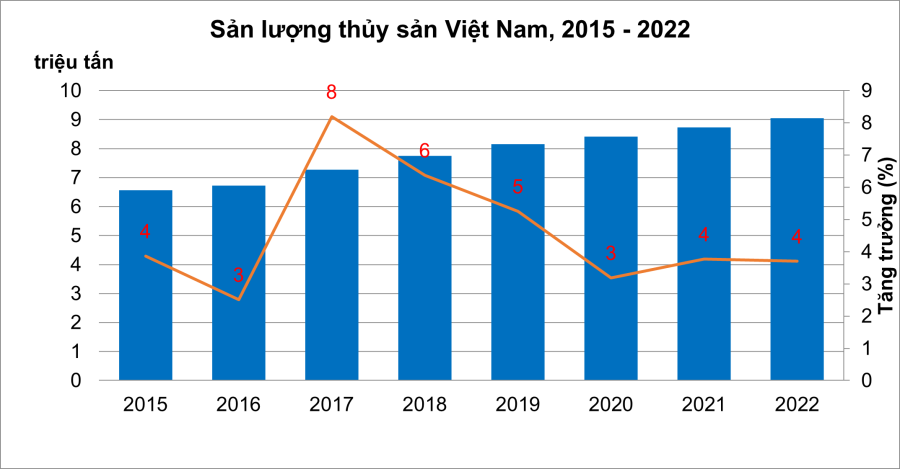
Figure 1: Vietnam's seafood production in the period of 2015 - 2022
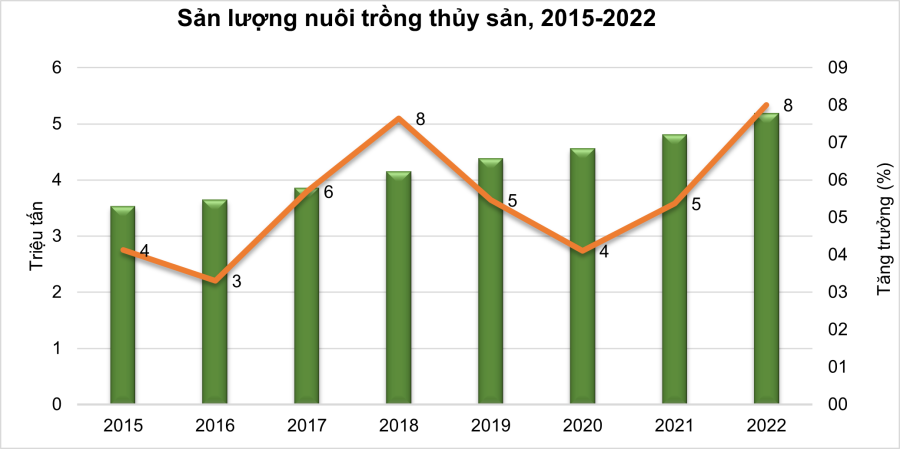
Figure 2: Aquaculture production 2015 - 2022
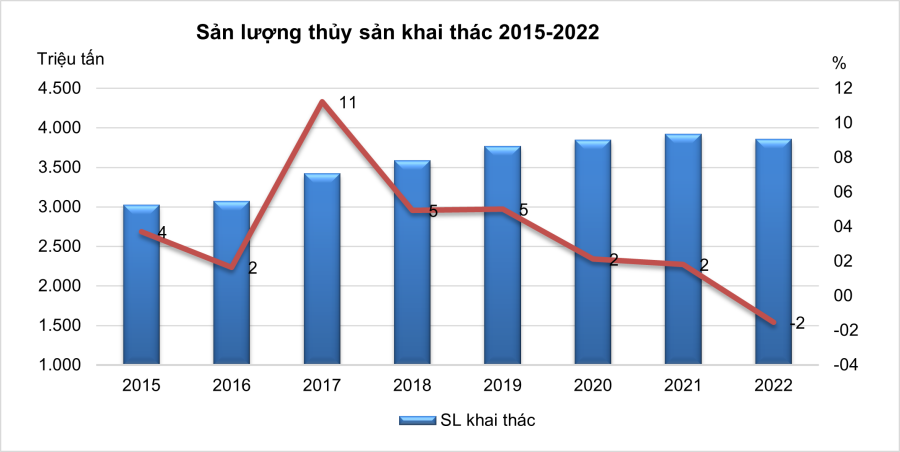
Figure 3: Fish production from 2015 - 2022
2. National program for sustainable and efficient development of fisheries
Deputy Prime Minister Le Van Thanh has just signed Decision 1090/QD-TTg on September 19, 2022, approving the National Program for Efficient and Sustainable Exploitation of Aquatic Products for the period 2022-2025, with a vision to 2030 (the Program).
The specific objectives of the Program by 2025 are to reduce 10% of the quota for offshore fishing licenses compared to 2020; determine the allowable catch limit by species for oceanic tuna fishing.
100% of coastal provinces and cities will define the quota for fishing vessels operating in coastal waters and offshore areas within their management scope; 100% of fishing vessels operating offshore will install route monitoring equipment as required and be provided with fishing forecast bulletins to support efficient aquatic product exploitation.
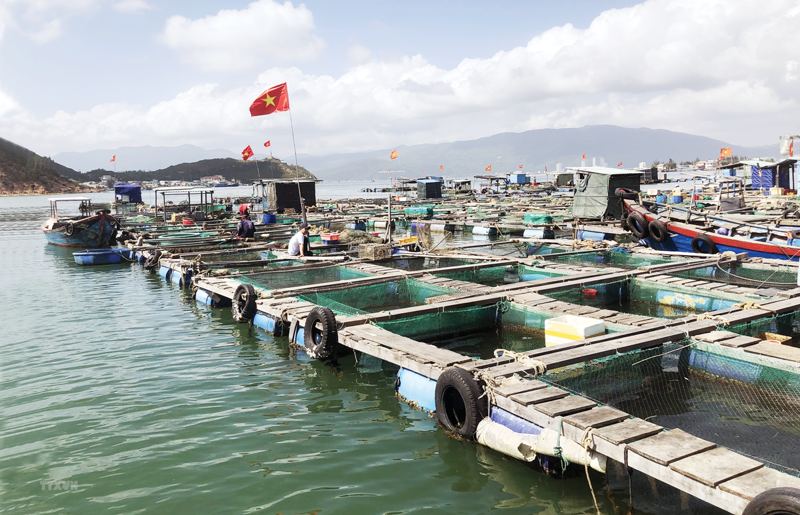
Figure 4: Illustration of aquaculture development - reduction of fishing
3. Sustainable development of fisheries
a) Development of aquaculture - Reducing fishing activities
In the context of increasingly depleted marine resources in Vietnam, global conflicts affecting the price of marine fuel have had a significant impact. In particular, since the European Commission (EC) issued a yellow card warning for illegal, unreported, and unregulated (IUU) fishing in Vietnam, it has been a difficult 5-year journey to have the yellow card removed. Although the ministries, departments, and 28 coastal provinces have made efforts to implement many solutions, the fight against IUU fishing for Vietnam to have the yellow card removed is still a long journey.
To develop a sustainable fisheries sector, the Prime Minister has issued Decision 1664/QD-TTg dated October 4, 2021 approving the Project on developing marine aquaculture until 2030, with a vision to 2045. The overall objective of the Project is to develop marine aquaculture into a large-scale, industrial, coordinated, safe, efficient, sustainable, and ecologically protective production sector that creates branded products that meet domestic and export market demand.
According to recommendations from fisheries experts, a sustainable marine aquaculture ecosystem needs to be established in offshore, nearshore, and intertidal zones that can facilitate investment in the aquaculture sector. This requires investment in marine aquaculture infrastructure, research, and the transfer of advanced technologies such as sturdy cages that can withstand rough sea conditions.
At the same time, there is a need to focus on researching and producing high-value aquaculture breeds. The state needs to have policies that attract and provide advanced training for management officials, technical staff, cooperatives and consortiums, enterprises, farms, and aquaculture facilities to enable them to receive, apply and transfer digital technologies in aquaculture.
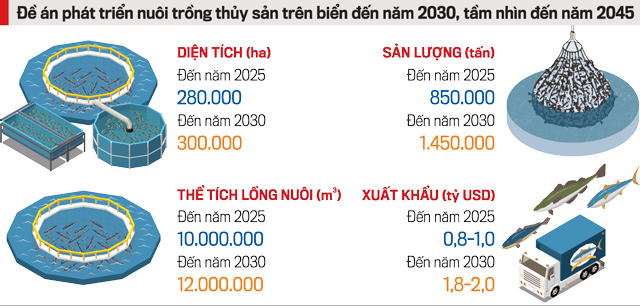
Figure 5: Project on aquaculture development to 2030
b) Develop at least 3 pilot projects/models
The program also aims for localities to develop at least 3 pilot projects/models in one of the following areas: (i) Wholesale markets, auction markets for seafood attached to fishing ports and centers of the local seafood industry; (ii) Linked model of exploitation-purchase-preservation-consumption of seafood; (iii) Model of integrating fishing, seafood services with eco-tourism, community tourism, rural tourism at fishing ports, fishing villages, and traditional coastal villages
Implement 100% monitoring of the volume of exploited aquatic products and imported seafood raw materials; 100% of fishing vessels are inspected and granted a certificate of food safety conditions as prescribed.
Complete and update, effectively exploit and manage the National Fisheries Database (VNFishbase) nationwide; build and deploy a model for managing fisheries exploitation activities in Vietnam.
c) Developing and promoting partnership models
One of the tasks of the National Program is to develop cooperation and partnerships in the production, processing, and consumption of seafood products.
Specifically, the program will provide guidance to enterprises, purchasing units, and product consumers to actively participate, promote their role, and increase their social responsibility. They will share benefits with fishermen in the value chain of seafood production and exploitation to increase the value of seafood products. The program will also encourage the establishment of associations, trade associations, and local markets in the area.
The program will develop partnership models that link the different stages of production, from harvesting, preservation, processing to consumption, that are suitable for each profession and locality.
It will continue to promote the consumption and increase the value of seafood products in the domestic market and export market.
The program will develop models for switching professions and developing rural tourism and community-based tourism for coastal fishing communities that are suitable for the characteristics of each locality.
This will contribute to the conservation and promotion of traditional values, especially the cultural identity of coastal regions, and create sustainable livelihoods to replace fishing jobs that affect resources and the environment. Gradually, this will create stable employment, improve the living standards of fishing communities, and contribute to protecting the ecological environment of coastal areas, while supporting the construction of new rural areas.
d) Strict handling of fishing vessels violating regulations
Another task of the National Program is to strengthen the management of seafood exploitation activities. Specifically, this includes enhancing the inspection and supervision of fishing vessels in accordance with the quota of the Fishing License on the sea as stipulated in the 2017 Fisheries Law.
In addition, stricter controls will be placed on the handling of "3 no" fishing vessels: those without registration, exploitation licenses, or inspections. Severe punishment will be given for violations in the seafood exploitation sector, especially for fishing vessels engaged in illegal, unreported, and unregulated (IUU) fishing, and those that catch fish in the wrong areas.
Furthermore, monitoring and management of repair, construction, and renovation of fishing vessels will be further strengthened, especially for enterprises that repair, build, and renovate fishing vessels across regions.
The program will continue to review and supplement regulations on temporary fishing bans, restricted fishing areas, and fishing bans in some coastal areas, particularly in areas with concentrated breeding, non-breeding aquatic areas, and habitats of aquatic species.
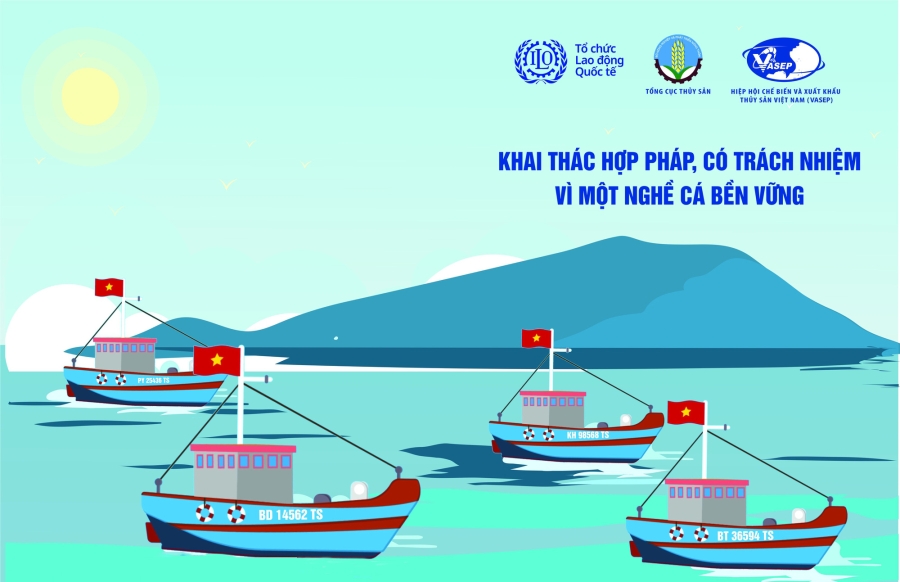
Figure 6: Exploiting seafood rationally, complying with IUU regulations
Fishermen who want to buy cock rope, Thai mooring rope , Thai rope, ... for fishing and fishery logistics products, please contact Siam Brothers Vietnam.